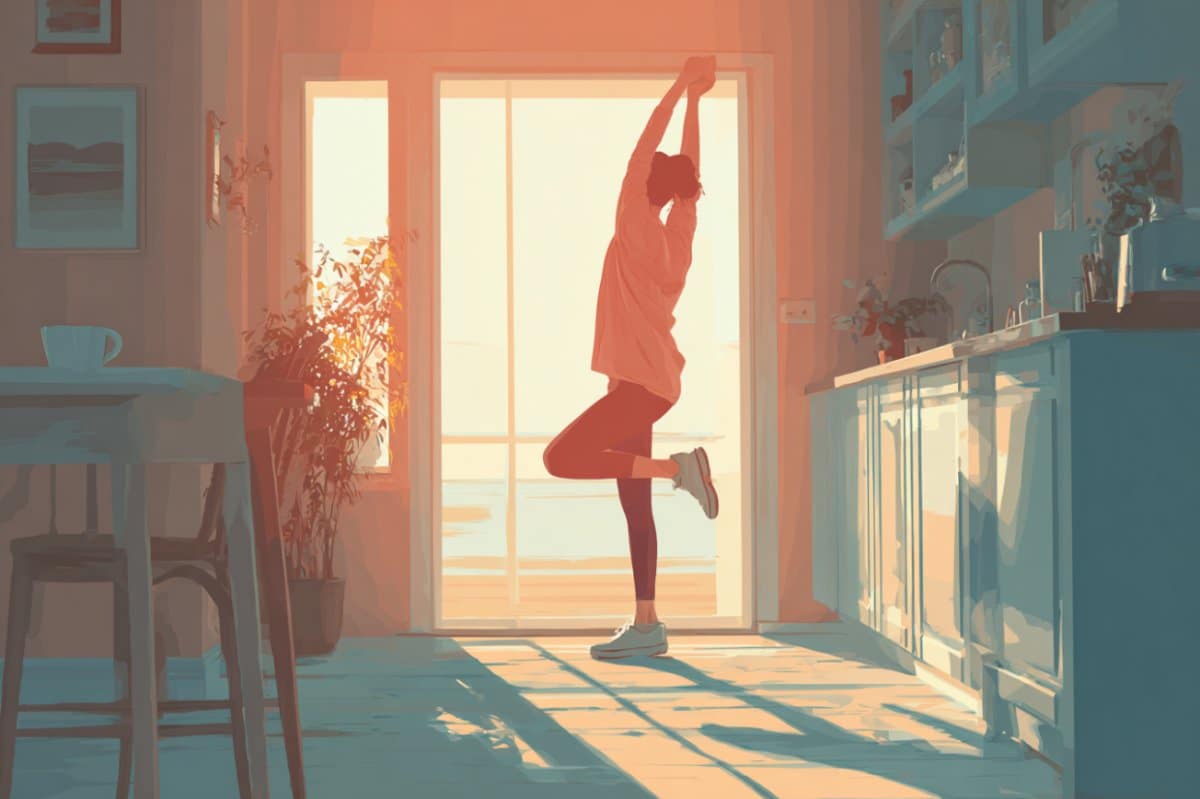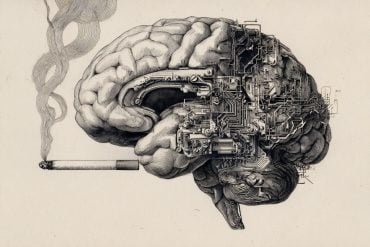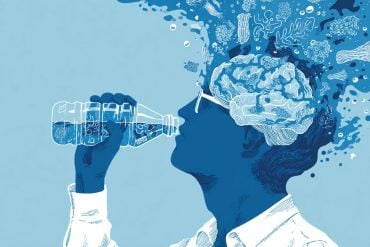Summary: New research reveals that replacing even 30 minutes of sitting with light physical activity—like walking or doing household chores—can boost mood and energy the following day. The study tracked over 350 young adults using wearable monitors to assess daily movement patterns.
Light activity showed the strongest link to better next-day feelings, outperforming both moderate exercise and extended sitting. Researchers say small, consistent shifts in daily routines—not intense workouts—may offer the biggest emotional benefits.
Key Facts:
- Mood Boost: Light activity was most strongly linked to improved next-day mood and energy.
- Small Changes Matter: Even 30 minutes less sitting per day produced meaningful benefits.
- Everyday Movement Helps: Walking, chores, or gentle movement offered more benefits than vigorous exercise.
Source: UT Arlington
Feeling sluggish?
A new study from The University of Texas at Arlington finds the fix may be as simple as swapping 30 minutes of sitting for light activity.
UT Arlington kinesiology Professor Yue Liao joined a research team from Monash University in Australia to track more than 350 young adults using wearable activity monitors.
The study found that on days when participants engaged in light activity—such as walking or doing chores—instead of sitting, they felt better and more energetic the next day.
“This study indicated that light activity—where you don’t have to go to the gym or do intense exercise—can lead to better feelings the next day when it replaces sedentary behavior,” Dr. Liao said.
“One doesn’t have to think, ‘I have to run,’ or ‘I have to do these big things.’ Just sitting less and moving more can have an immediate impact on your mood the next day.”
This finding is particularly relevant given current habits. A January 2024 study by smart seating company Kalogon found that 38% of U.S. adults sit nine or more hours a day. Replacing even a portion of that time with light activity can pay off in meaningful ways.
The research, recently published in Psychology of Sport and Exercise, found that light activity had the strongest link to boosting mood and energy the next day.
Moderate to vigorous exercise, such as running or gym workouts, was associated with modest mood benefits, while sedentary time—sitting or lying awake—was linked to worse mood the next day. The study also examined sleep duration but found no clear effect on next-day mood among the young adults studied.
“We looked at the 24-hour movement behavior—sleep, exercise, sedentary time and light activity,” Liao said.
“The 24-hour part is a unique piece because we’re not simply saying, ‘Do more of this.’ They all add up to 24 hours. From that perspective, if a person does more light activity in place of sedentary behavior, that predicts better mood the next day. That’s the key point.”
Liao also emphasized that the mood benefits weren’t about comparing one’s activity level to others. Instead, the improvements came from a “within-person” effect—making subtle, self-directed changes in daily activity.
In the end, Liao hopes the study demonstrates that making small changes relative to one’s usual routine is key to better overall health.
“Based on prior literature, we assumed exercise would be the clear factor, but our analysis mostly highlighted light activity,” she said. “You don’t have to work up a sweat to get benefits. Just moving a little more than your usual helps.”
Key Questions Answered:
A: Replacing sedentary time with light activity—such as walking or doing chores—was found to have the most significant positive effect on mood and energy.
A: Moderate or vigorous exercise offered some benefit, but light activity had the strongest link to feeling better the next day.
A: Just swapping out about 30 minutes of sitting for light movement can boost mood, showing that small lifestyle adjustments can make a real difference.
About this exercise and mood research news
Author: Drew Davison
Source: UT Arlington
Contact: Drew Davison – UT Arlington
Image: The image is credited to Neuroscience News
Original Research: Open access.
“Daily, prospective associations of sleep, physical activity, and sedentary behaviour with affect: A Bayesian multilevel compositional data analysis” by Yue Liao et al. Psychology of Sport and Exercise
Abstract
Daily, prospective associations of sleep, physical activity, and sedentary behaviour with affect: A Bayesian multilevel compositional data analysis
Background
24 h behaviours (sleep, time awake in bed, moderate-to-vigorous physical activity [MVPA], light physical activity [LPA], and sedentary behaviour [SB]) may influence long-term mental health through their associations with affective experiences in everyday life. Here, we investigated the daily, prospective associations between 24 h behaviours and affect.
Methods
Actigraphy-measured 24 h behaviours and self-reported affect data were collected across 7–15 consecutive days in healthy, community-dwelling adults (N = 354, Mage = 22.61 y, 73 % female) providing 2872 days of data. Bayesian multilevel compositional data analysis evaluated how reallocating time between behaviours was associated with next-day affect at between- and within-person levels.
Results
Associations between 24 h behaviours and next-day affect emerged at the within-person, not between-person level. Relative to the remaining behaviours, more LPA predicted 0.14 [95 % CI 0.03, 0.26] higher high arousal positive affect, whereas less SB predicted lower high and low arousal positive affect (−0.14 [-0.25, −0.02] and −0.12 [-0.24, −0.01], respectively) higher high arousal negative affect (0.13 [0.03, 0.23]).
Further, within-person 30-min reallocation to LPA from SB, sleep, and time awake in bed also predicted ≥0.03 [0.00, 0.06] higher high arousal positive affect. 30-minute reallocation of time to LPA and MVPA from SB predicted 0.04 [0.01, 0.06] higher high arousal positive affect and −0.02 [-0.04, −0.00] lower low arousal negative affect.
Conclusion
Findings provide stepping stone evidence for identifying optimal daily compositions of 24 h behaviours for affective enhancements in healthy individuals. Replacing time in SB with LPA and MVPA for improving affect should be experimentally tested in daily settings and clinical populations, to inform diagnostic and intervention strategies for better daily affect and mental health.







